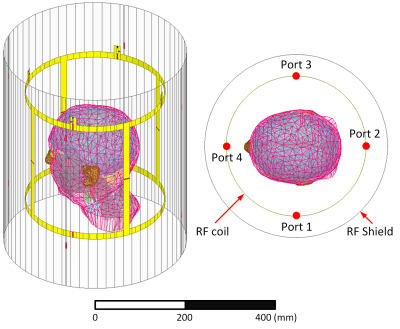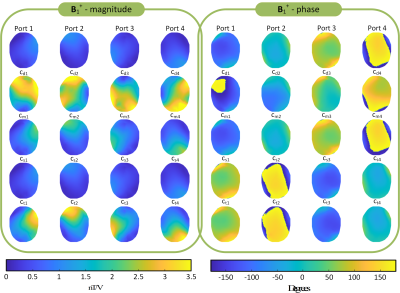Ehsan Kazemivalipour1,2, Giorgio Bonmassar3, Laleh Golestanirad4,5, and Ergin Atalar1,2
1Electrical and Electronics Engineering Department, Bilkent University, Ankara, Turkey, 2National Magnetic Resonance Research Center (UMRAM), Bilkent University, Ankara, Turkey, 3AA. Martinos Center, Massachusetts General Hospital (MGH), Harvard Medical School, Boston, MA, United States, 4Department of Radiology, Feinberg School of Medicine, Northwestern University, Chicago, IL, United States, 5Department of Biomedical Engineering, McCormick School of Engineering, Northwestern University, Evanston, IL, United States
1Electrical and Electronics Engineering Department, Bilkent University, Ankara, Turkey, 2National Magnetic Resonance Research Center (UMRAM), Bilkent University, Ankara, Turkey, 3AA. Martinos Center, Massachusetts General Hospital (MGH), Harvard Medical School, Boston, MA, United States, 4Department of Radiology, Feinberg School of Medicine, Northwestern University, Chicago, IL, United States, 5Department of Biomedical Engineering, McCormick School of Engineering, Northwestern University, Evanston, IL, United States
Performing the co-simulation of TxArray coils and extracting the field profiles of the coil's lumped ports/elements provide the opportunity to involve the field-dependent parameters in the minimization procedure of finding the coil's capacitors.

Figure 1 – EM simulation model of a shielded 3T 4-channel TxArray coil loaded with a detailed human head model12. The shield is slit into four segments evenly distributed along the axial direction, where the adjacent slits are connected via two 3 nF capacitors at positions facing the coil's end-rings.
